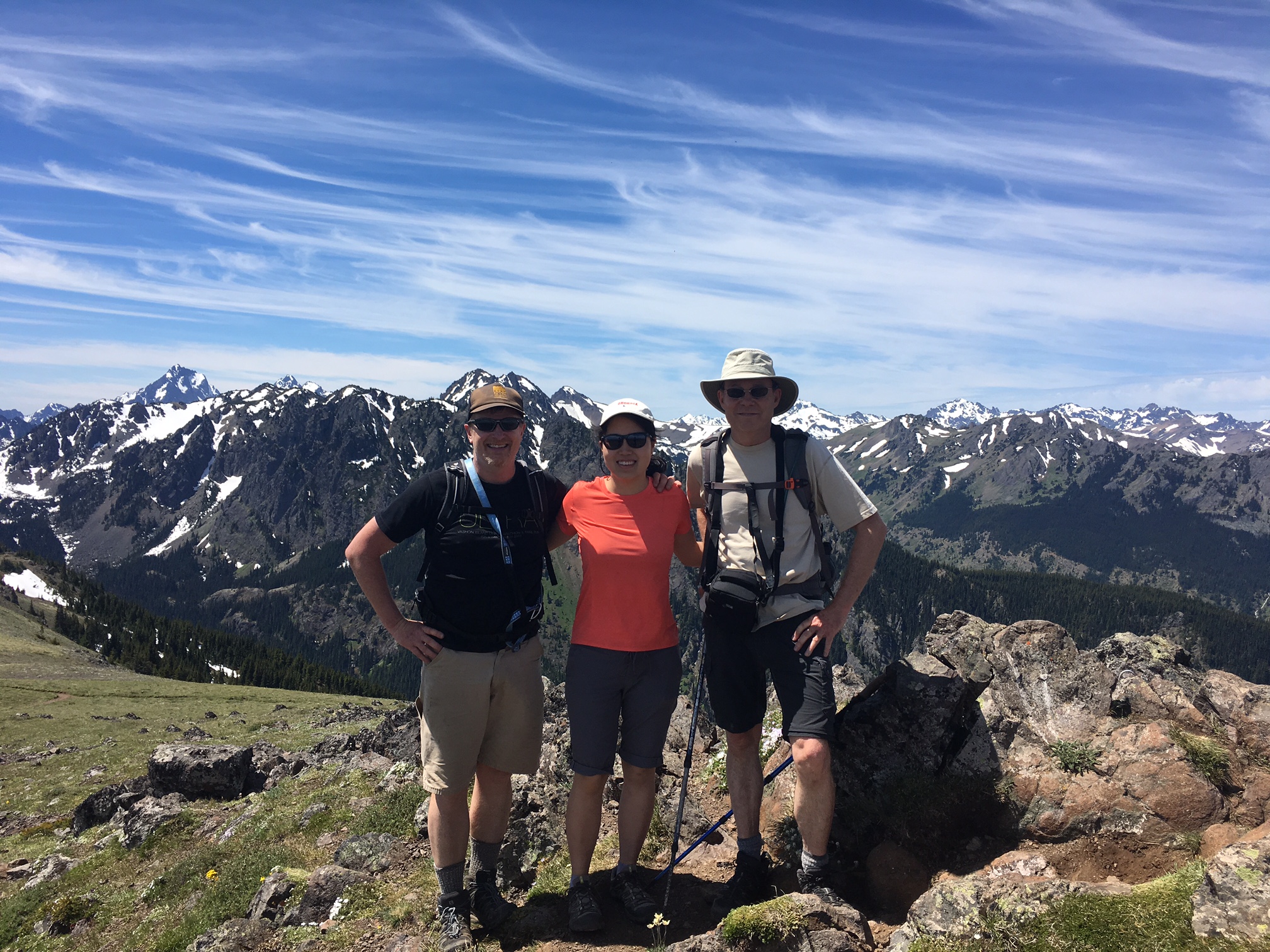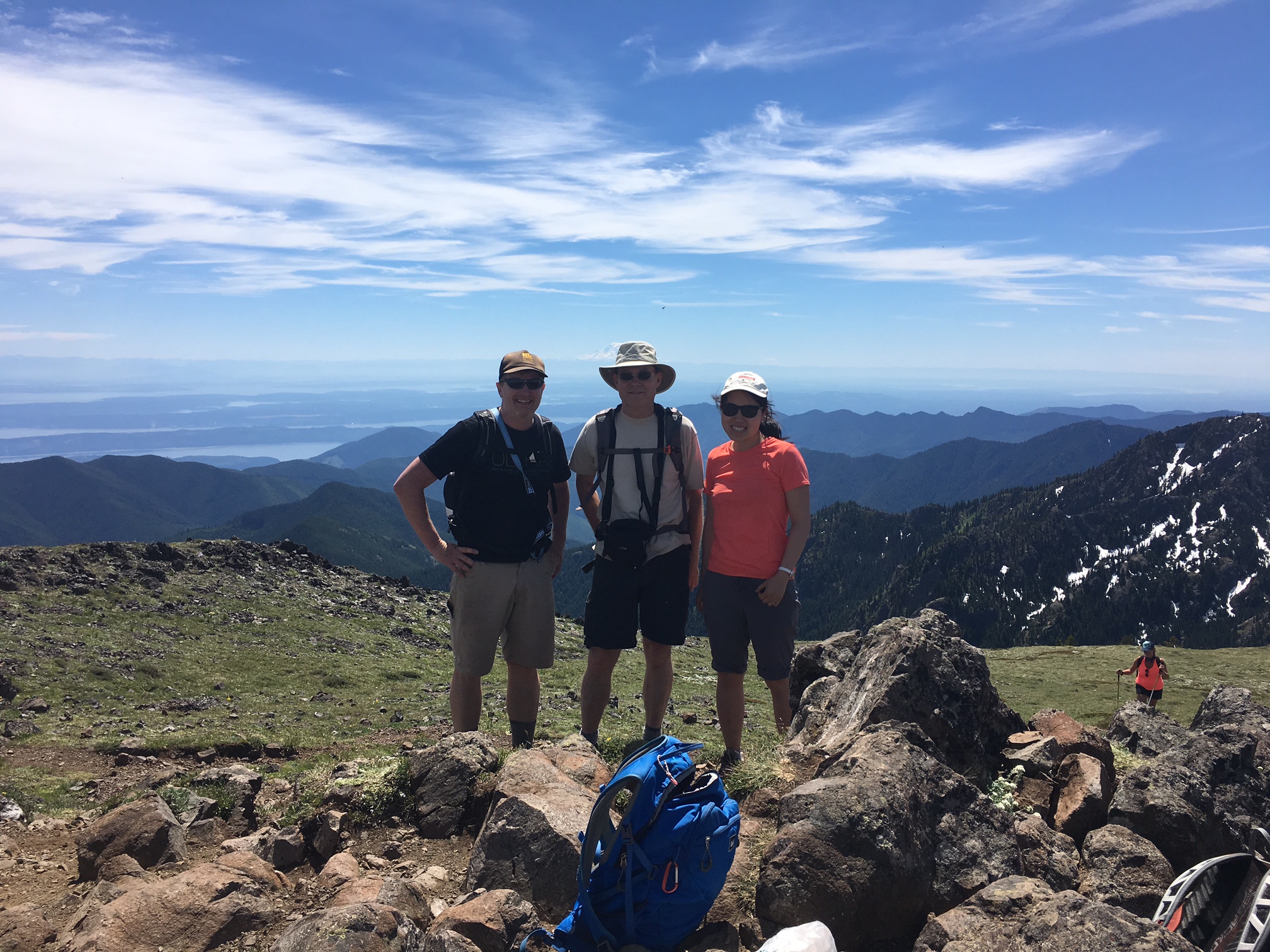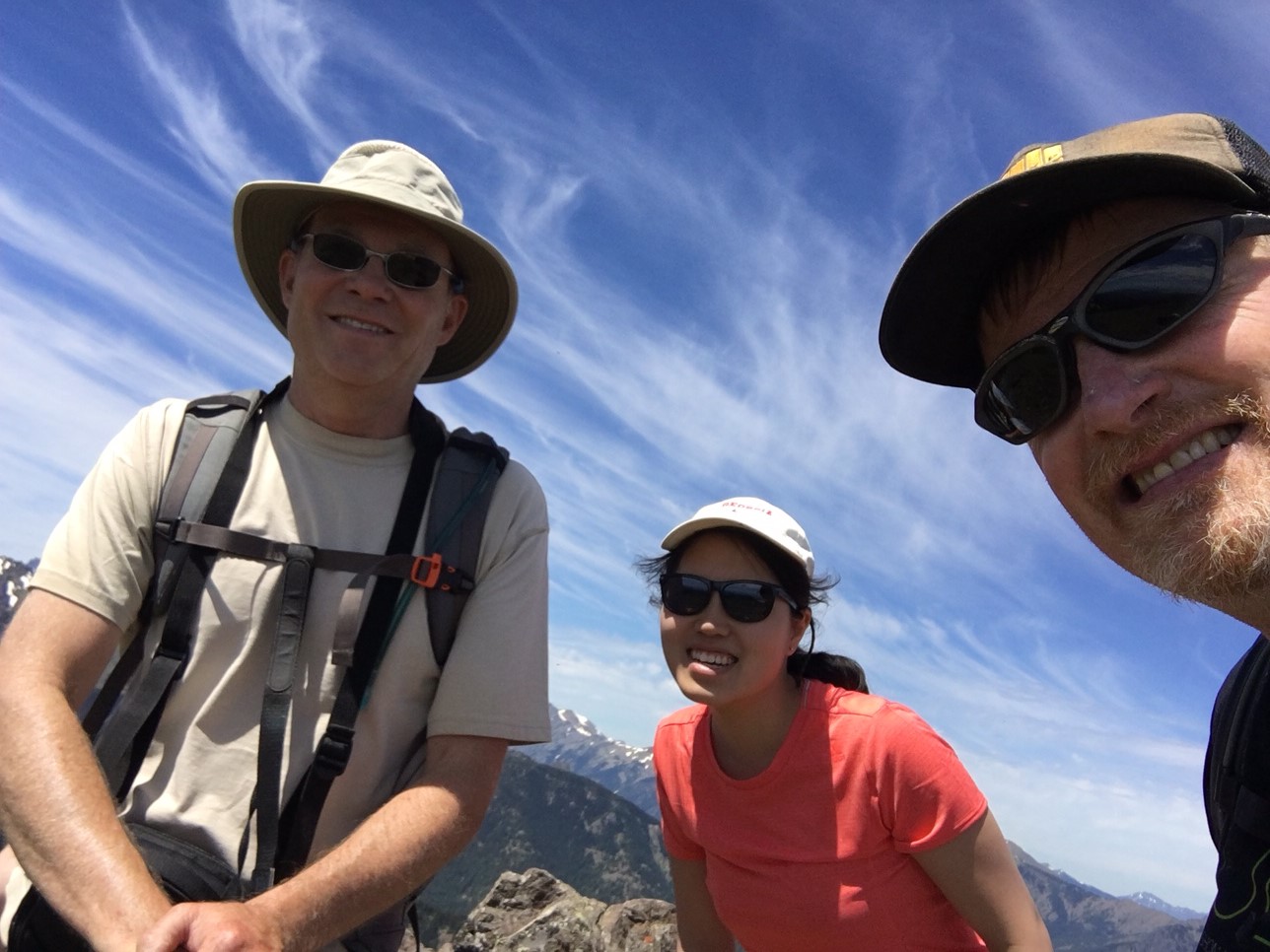1. Where are you from? If you’re not from the Pacific Northwest, what brought you here?
I was born in Seattle and lived here through fifth grade, until my German parents’ desire for mountains and country-living took us to the foothills east of Enumclaw, Washington. There, with my five brothers and one sister (yes, seven kids!), we spent non-school hours playing sports, riding horses, exploring Newaukum Creek’s headwaters, skiing Crystal Mountain, and hiking the central Cascades. Post high school, I packed my bags for LA (USC) and after one year of study (with some beach time), I realized the PNW is where I belong. Thus, I packed my books and came back to complete my academic career as a UW Husky.
2. What inspired you to pursue water resources?
I started college as a Biomedical Engineering major with the desire to design prosthetic limbs for athletes. After taking time off from college to ski, live, and work in Ketchum, Idaho, it became very clear I needed an active job allowing for human collaboration and plenty of outside work hours. After moving back from the Sawtooth Mountains, I started working in the nonprofit sector on resource conservation. This led to a Conservation Biology course with Estella Leopold, and Ms. Leopold sealed the deal. She encouraged me to keep an engineering focus, but also increase my understanding of biological conservation within engineering solutions. Thus, I made the shift to Water Resources/Environmental Sciences within Civil Engineering.
3. What do you like best about your area of expertise? What excites you and keeps you motivated?
Quite simply, I enjoy working with people and through working with people, solving problems. What really keeps me motivated is when those solutions lead to environmental stewardship and resource conservation.
4. What do you like to do when you aren’t working?
Usually playing or hanging out with my husband Brent, son Griffin (11), friends, or traveling across the PNW and beyond to visit family—I think Griffin now has 20+ cousins across the US, Netherlands, and Germany. We can often be found on local soccer fields and baseball parks when we are not doing the usual PNW stuff—skiing, sailing, hiking, or taking road trips in Ruby-J, our Westy camper van (inspired by Aunt Ruby and Grandma Jeanette).
5. What five people would be your dream dinner party guests?
My maternal grandmother, Maria Neller and my mother, Franziska (Neller) Wachter. My grandmother died during WWII when my mother was nine years old. My dream is a dinner conversation with both as adults; to have them converse, laugh, and tell stories of their life in Bayern, Germany prior to WWII. I would also include:
- Estella Leopold—Because the Leopold family’s teachings and dedication to conservation have had an impact on many, including me.
- Rosi Mittermaier—The first strong female skier I remember watching in the Olympics (Innsbruck 1976; 2 golds, 1 silver).
- Nina Simone—Her voice, her passion, and her work as a civil rights activist inspire me. Plus, my husband Brent (who would cook the amazing meal), would like to meet her.
Brian Hite
Staff Water Resources Engineer























